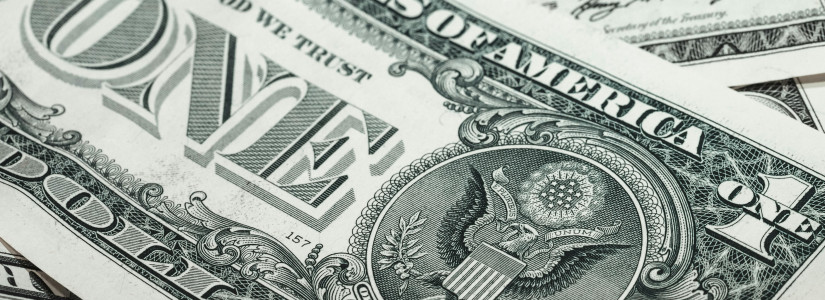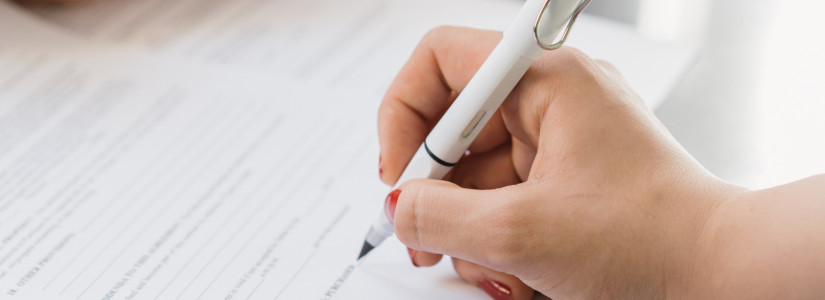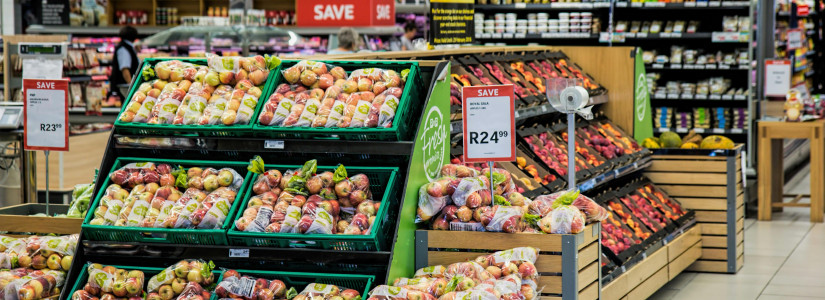The Department of Public Service regulates all utilities in the state and recently received 1,230 web inquiries and 2,316 phone calls about high supply costs. Staff will direct individuals and families seeking help to utility and state assistance programs. A recent utility bill must show a service address, a recent tax bill must be within the last six months, a rent book, and any money order receipts must indicate the recipient's mailing address. If a utility company does not provide assistance for heating, it may be possible to apply for help with a state-run energy bill program.LIHEAP programs are administered by state governments, nonprofits, and community action agencies. You can visit the LIHEAP website to see if you qualify. Community action agencies may also provide information on other resources for utility bill assistance. The agency can also direct you to the appropriate application site for LIHEAP. Most energy providers have other financial assistance programs for those in need. You can apply for one of these programs through your local utility company. If you qualify, the program can cover the costs of weatherizing your home and installing energy-efficient lighting.Eligibility for these programs depends on household income, including wages, Social Security, pensions, and unemployment benefits. It also includes any income from non-work sources, such as scholarships or public assistance. Some households are automatically enrolled in the program based on their eligibility. If you qualify, you may also receive assistance through the HEAP program or the food stamp program. If you receive Medicaid benefits, you may also apply. But even these programs are inadequate for meeting the needs of low-income families, it is important to apply for bill assistance and understand how it works.











